Exo-moons: Innocent bystanders during gas giant instabilities
Gas giants are the bullies of planetary systems. They are hundreds of times more massive than small rocky or icy worlds, so when gas giants throw a tantrum, their whole planetary system feels it. Giant planet moons are among the innocent bystanders swept up in the chaos.
Giant planets around other stars have different orbits than ours. Most Solar System planets follow nearly circular orbits around the Sun. But lots of giant exoplanets have stretched-out, “eccentric” orbits. We think they were stretched-out during violent gravitational instabilities (as I’ve discussed before). Giant planets form in systems with several planets on almost circular orbits. Over time small gravitational kicks accumulate to change the shape of their orbits and cause them to overlap. Next comes a phase of planet-planet scattering that looks like this (animation courtesy Eric Ford):
Instabilities usually eject one or more planets into interstellar space (as well as a pile of small bodies, like the interstellar object ‘Oumuamua). Surviving planets’ eccentric orbits are essentially scars from their violent past. At least 3/4 (and probably 90-95%) of all systems of gas giants underwent these instabilities. (The Solar System also underwent an instability but it was on the weak side).
All of the Solar System’s giant planets have moons. Jupiter has more than 50 confirmed moons, including four large close-in moons discovered by Galileo. Apart from Earth, Saturn’s moon Titan is the only world in the Solar System to have liquid on its surface (although it is liquid methane and ethane, not water).

Gas giant exoplanets are likely to have moons. None has been found yet, but we’re close. Moons around giant planets are top targets for life, especially if their host planets are near the habitable zone. There are some potential issues for life in these systems (e.g., tides) but no deal breakers.
The question for today is: what happens to giant planet moons when their planets go unstable? This is the subject of a new paper (led by graduate student Yu-Cian Hong at Cornell) that is in press at the Astrophysical Journal (downloadable here).
During an instability there is a series of close encounters between giant planets. Every encounter, the planets give each other gravitational kicks. Over time, the kicks adds up and one of the planets receives enough gravitational energy to go away and never come back. It is ejected from the star into interstellar space.
Gas giants are like dog owners, and moons are the dogs. In isolation, dogs stay on their leashes. But if another owner comes too close, it knocks loose a leash or two and some dogs get away. Those dogs can run free, or be captured by the other dog owner, or even escape the dog park entirely.
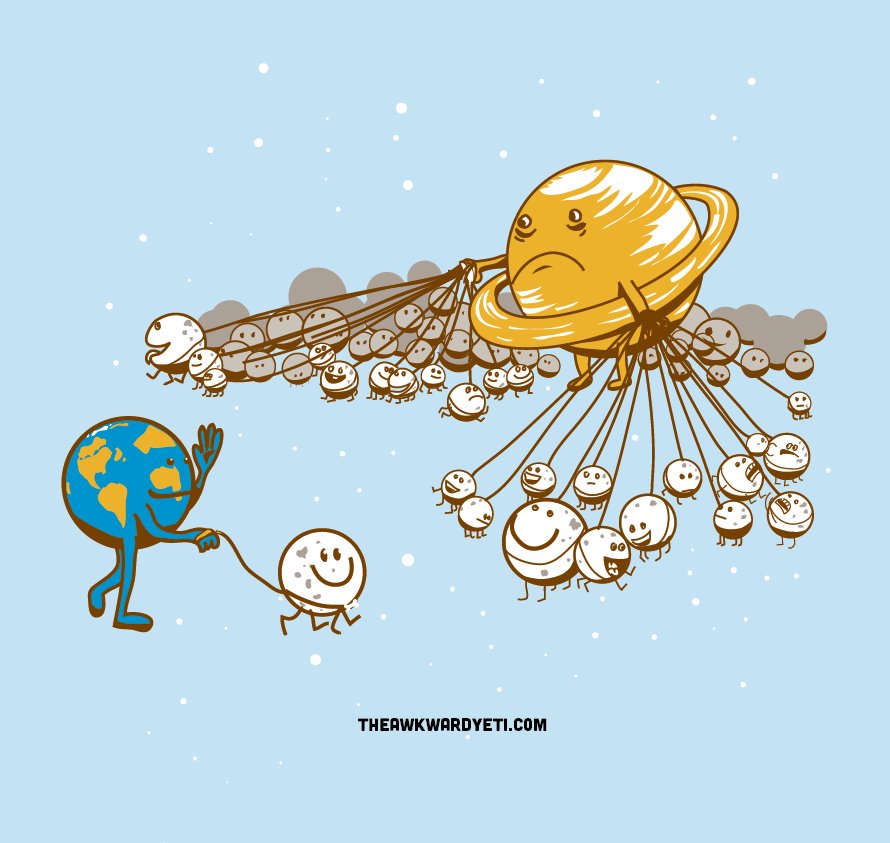
Likewise, there are many possible outcomes for a moon during a giant planet instability (ordered from most- to least likely):
- The moon is ejected from its host planet and then ejected from the star, left to wander interstellar space as a free-floating (former) moon. This happened to 41% of moons in our simulations.
- The moon collides with its host planet (20% of simulated moons).
- The moon is liberated from its host planet then collides with the host star (17%).
- The moon continues to orbit its host planet, which continues to orbit the host star (17%).
- The moon is captured by another planet, and survives orbiting that planet around the host star (2%). This is similar to the idea of the Sun capturing a planet from another star (a possible origins story for Planet Nine; see here and here).
- The moon continues to orbit its host planet, which is ejected from its star to wander the galaxy as a rogue planet-moon system (2%).
- The moon is ejected from its host planet but survives on an orbit around its host star as a planet (1%).
In our simulations, lots of moons were ejected from their host planets and stars! If we extrapolate to the whole Galaxy, it would imply a healthy population, with one free-floating former moon for every 1-100 stars! (The range of 1-100 stars comes from some numbers we don’t know too well, such as how many moons typically form around a gas giant and exactly how abundant gas giants are). Sometimes gas giants that are ejected from their stars keep their moons and become rogue planet-moon systems. In this setup, tidal interactions with the planet can provide a source of internal heat for these moons, making them potential hosts for interstellar life.
Our simulations also suggest that some moons may not have formed locally but instead have been captured from other planets! This is thought to be the case for Neptune’s largest moon Triton, which has an unusual retrograde orbit; that is, it orbits in the opposite direction of the planet’s spin. There are also likely to be “planets” out there that formed as moons, then were liberated from their host planet during instabilities and survived in orbit around the star. These are interesting but rare and should have very stretched-out orbits.
In this animation a gas giant with four moons has a close encounter with a second gas giant. The perturber captures one of the moons and kicks two of them free. The final moon survives on a stretched-out, eccentric orbit. (You’ll notice that the four moons start off sharing the same orbit — this is just to illustrate the different possible outcomes.)
What about moons like Jupiter’s Galilean moons (some of the most exciting real estate in the Solar System)? Are they likely to survive instabilities?
Back to the moon-dog analogy. When another dog owner makes a close fly-by, which dogs escape? The ones with long leashes. Any leash that is longer than the closest approach between the two dog owners is at risk. So, if another owner passes within 5 feet, any dog whose leash is longer than 5 feet can escape. It’s the same for moons: any moons on orbits that are wider than the closest approach of a giant planet are at risk of being lost.

The Galilean moons are really close to Jupiter. The four moons’ orbits are between 6 and 26 times Jupiter’s radius. For scale, our Moon’s orbit is about 60 times bigger than Earth’s size. The Galilean moons are as safe as moons can be. In our simulations, only about one in six (17%) of all moons survived in orbit around its star. But 30-60% of Galilean moons survived (60% for Io-like orbits, 30% for Callisto). Galilean dogs are on tight leashes and are likely to stick around!
SUMMARY. When systems of gas giants go unstable, their moons are the innocent bystanders. During giant planet fly-bys, any moons whose orbits are farther than the closest approach between the two planets are usually lost. They are most often ejected into interstellar space as free-floating (former) moons. Lost moons may also collide with the host planet or star. Moons sometimes survive around their host, be captured by another planet, or end up as “planets” on star-centered orbits.
Questions? Comments? Words of wisdom?
Related stuff:
- Downloadable link to our paper: Innocent bystanders: orbital dynamics of exomoons during planet-planet scattering
- Thoughts on the potential for life on free-floating Earths: aeon article and blog post.
- Planetesimals are also ejected during giant planet instabilities. This is the likely origin of the interstellar object ‘Oumuamua.
- HD 80606b: a gas giant on a super eccentric orbit
- Here is a scientific paper about the origin and abundance of free-floating rocky planets. And here is one about free-floating gas giants.
- A final cartoon capturing the sadness of being a moon…

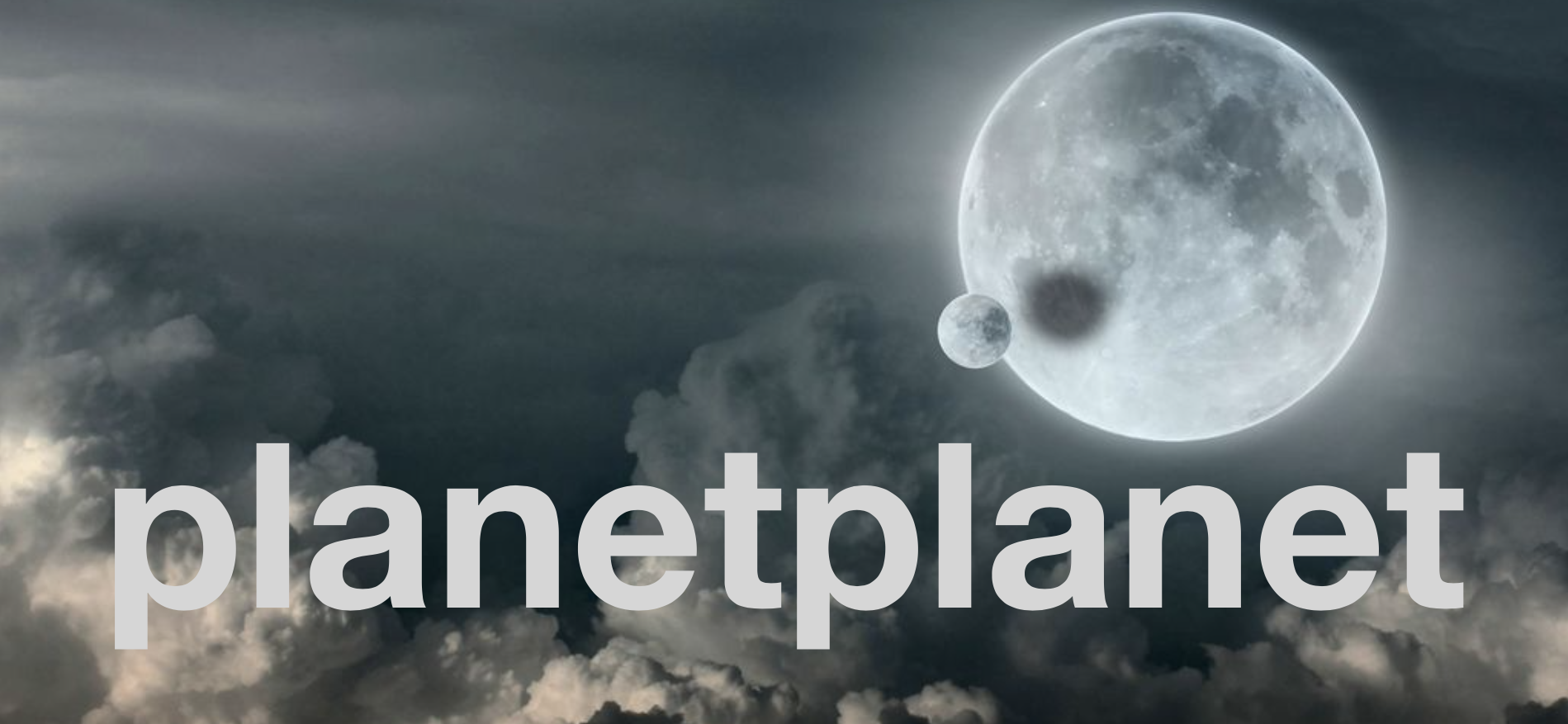

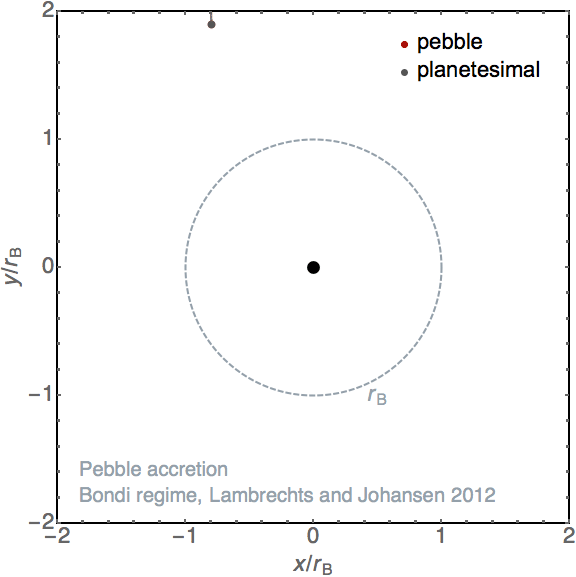
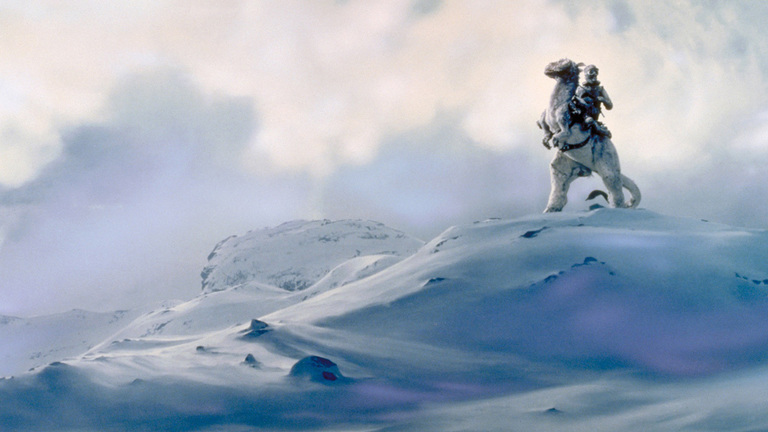
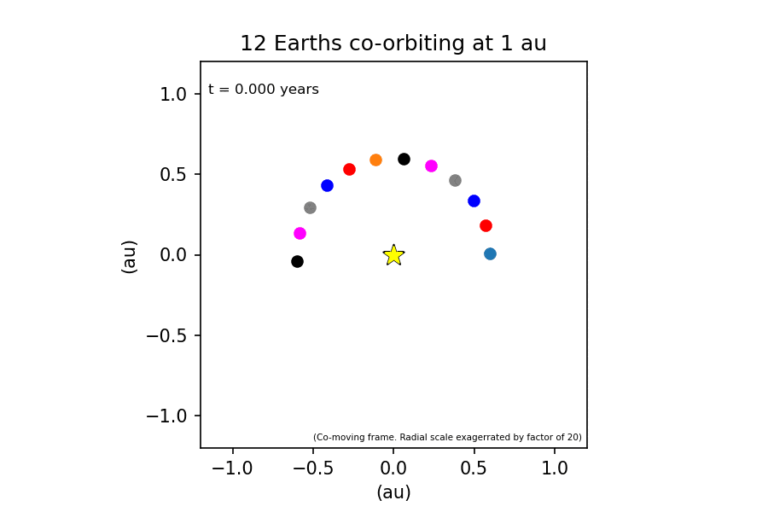
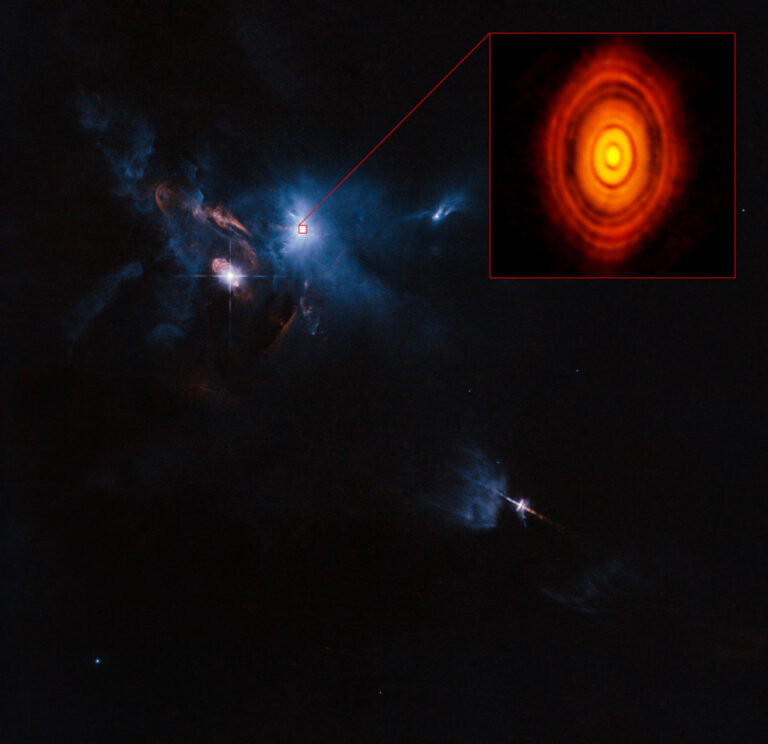


Thanks for this! I guess we better start looking for these rogue moons. 🙂
It sounds like Iapetus would have been lucky to survive if there had been no planetesimal disk around to dampen the Solar System’s instability.
I wonder how many of the moons would survive in orbit around their host planet if interactions between the moons included in the simulations.
How plausible do you find a gas giant capturing a rocky planet as a moon?
Definitely possible. For instance, Neptune’s large moon Triton is thought to have been captured.
You mean that Triton probably formed directly orbiting the Sun? Then the process might have been comparable.
The best model we have is that Triton was part of a binary system that flew too close to Neptune — Triton ended up orbiting Neptune and its companion flew away. The reference is here: https://ui.adsabs.harvard.edu/abs/2006Natur.441..192A/abstract